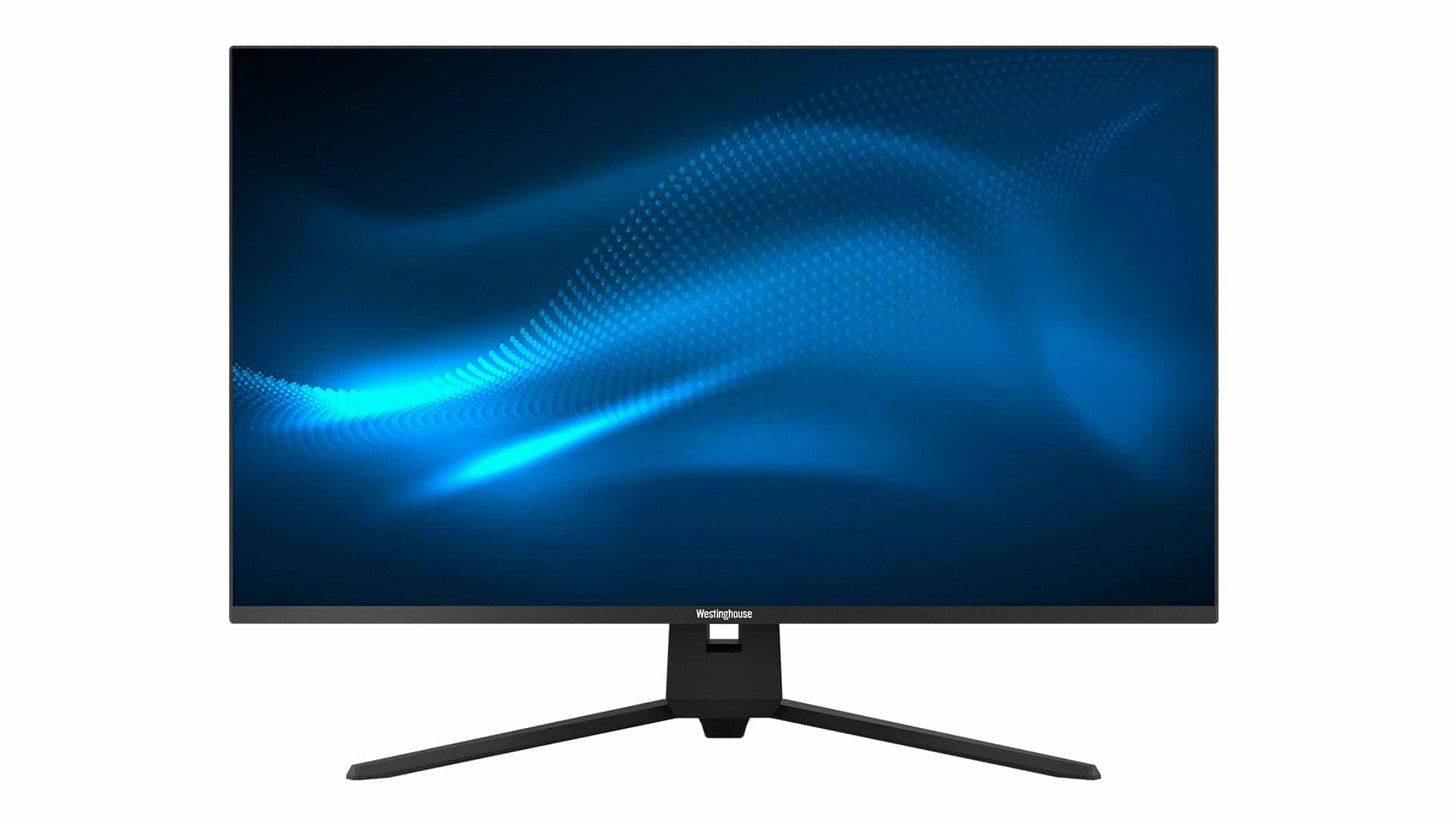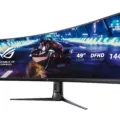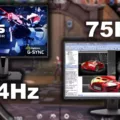As technology advances, the demand for better and more realistic graphics in gaming and other visual media has increased. One of the most significant developments in this area is the emergence of 4K monitors. These monitors display content at a resolution of 3840 × 2160 pixels, which is four times the resolution of standard Full HD displays. This means that the images are sharper, clearer, and more detailed than ever before.
When it comes to choosing a 4K monitor, one of the most important factors to consider is the refresh rate. The refresh rate refers to how many times per second the monitor can update the image on the screen. A higher refresh rate means that the image is updated more frequently, resulting in smoother and more fluid motion. This is especially important in gaming, where even small delays or stuttering can be very noticeable and ruin the immersive experience.
A 4K monitor with a refresh rate of 60Hz is the standard for most users. This means that the monitor can update the image on the screen 60 times per second. While some gamers may argue that a higher refresh rate is necessary for the best gaming experience, most experts agree that 60Hz is sufficient for 4K gaming. This is because the increased resolution already provides a more immersive and realistic experience, and the benefits of a higher refresh rate are not as noticeable as they are with lower-resolution displays.
However, for those who demand the absolute best performance, there are 4K monitors available with refresh rates of 120Hz or even higher. These monitors are often more expensive and require more powerful hardware to run at their full potential. They are typically targeted at professional gamers or other users who require the absolute best performance and are willing to pay a premium for it.
It’s worth noting that the refresh rate of a monitor is not the only factor that affects its performance. Other factors such as input lag, response time, and color accuracy also play a role. When choosing a 4K monitor, it’s important to consider all of these factors and choose a monitor that provides the best overall performance for your needs.
4K monitors with a refresh rate of 60Hz are the standard for most users and provide a great balance of performance and affordability. While higher refresh rates are available for those who demand the absolute best performance, they are not necessary for most users and come at a premium cost. When choosing a 4K monitor, it’s important to consider all of the factors that affect its performance and choose a monitor that provides the best overall experience for your needs.
Can a 4K Monitor Have a Refresh Rate of 60Hz?
A 4K monitor can display a refresh rate of 60Hz. In fact, many 4K monitors on the market today come with a refresh rate of 60Hz as a standard feature. This refresh rate allows for smooth and seamless motion on the screen, which is especially important for gaming, video editing, and other graphic-intensive tasks. However, some high-end 4K monitors can also support a higher refresh rate of 120Hz, which can offer even smoother visuals and an even more immersive experience for certain applications. It’s important to note that in order to take full advantage of a 4K monitor with a higher refresh rate, you will need a powerful graphics card that can handle the increased demands of the higher resolution and refresh rate.

The Benefits of a 4K Gaming Monitor with a 60Hz Refresh Rate
When it comes to 4K gaming, the question of whether 60Hz is sufficient or not has been a topic of debate among gamers and experts. While some argue that a higher refresh rate is necessary for a smoother and more realistic gaming experience, most experts believe that 60Hz is good enough for 4K gaming.
To understand this, it’s important to know what a refresh rate is. A refresh rate refers to the number of times per second that a monitor updates the image on the screen. The higher the refresh rate, the smoother the motion appears on the screen.
For 4K gaming, a refresh rate of 60Hz is considered to be sufficient. This is because 4K resolution requires a lot of processing power, and most graphics cards are not capable of delivering more than 60 frames per second at 4K resolution. Additionally, many games are designed to run at 60 frames per second, and increasing the refresh rate beyond that may not offer any significant improvement in the gaming experience.
It’s worth noting, however, that some gamers may still prefer a higher refresh rate for other reasons, such as reducing input lag or having a more responsive gaming experience. In such cases, a monitor with a higher refresh rate may be more suitable.
While a higher refresh rate may offer some benefits for 4K gaming, 60Hz is generally considered to be good enough for most gamers and experts.
Understanding 4K 60Hz
In the world of technology, 4K 60Hz refers to the refresh rate of a digital signal. More specifically, it measures how many times per second a frame is refreshed. A refresh rate is measured in hertz (Hz), which tracks the frequency of the signal. If a device is advertised as 4K 60Hz, it means that the signal is refreshed at a rate of sixty times per second. This is important because a higher refresh rate can result in smoother and clearer visuals, especially when it comes to high-resolution content like Ultra HD. 4K 60Hz is a measure of a display’s refresh rate, which can impact the overall quality of the visual experience.
4K Resolution at 60Hz
The 4K 60Hz resolution is defined by two standards: Ultra High Definition (UHD) and 8K UHD. UHD uses a resolution of 3840 × 2160, which means that there are 3840 pixels displayed horizontally and 2160 pixels displayed vertically. This resolution is also known as 2160p. On the other hand, 8K UHD uses a resolution of 7680 × 4320, which is four times the resolution of UHD and is also known as 4320p. Both standards support framerates of up to 60 Hz, which means that the image is refreshed 60 times per second. Additionally, both standards support color depth up to 10 bpc (30 bit/px), which allows for a wider range of colors to be displayed. both standards use HEVC encoding for transmission, which is a video compression format that allows for high-quality video to be transmitted over the Internet or other networks with minimal bandwidth usage.
Conclusion
A 4K monitor with a refresh rate of 60Hz is more than enough to enjoy an immersive gaming experience. While some argue that a higher refresh rate can offer a smoother display, 60Hz is still considered sufficient for most gamers. It’s also important to note that not all games can support refresh rates higher than 60Hz. Thus, investing in a monitor with a higher refresh rate may not always be necessary. Regardless, it’s essential to ensure that your PC build can comfortably handle 4K resolution before investing in a 4K monitor. a 4K monitor with a 60Hz refresh rate is an excellent investment for gamers and professionals seeking a high-quality display.








